
There are some things which kill lots of fish rapidly with no symptoms:
- If the fish died just after a water change:
- With chlorinated water and a large water change, a chlorine pulse can be to blame (VERY common).
- With well water and a large water change, low oxygen and/or high carbon dioxide can be to blame.
- With no water change a bacterial infection is the most likely culprit.
- An overpowered heater can malfunction, overheat the tank, killing the fish. The heater can then do one of three things:
- Stay in the on position, leaving the water hot when the hobbyist finds it.
- Return to normal operation without the hobbyist being any the wiser.
- Short out or even blow up, leading the hobbyist to think the heater “electrocuted” the fish.
- If the aquarium is heavily stocked and a power outage occurs for more than a few hours, the fish can die from asphyxiation. Like a heater malfunction, the power can come back on and the hobbyists can be unaware that a power outage even occurred.
And there are other possibilities. Note the sudden death of several fish typically has nothing to do with ammonia or nitrite. Ammonia and nitrite are slow poisons, not fast poisons.
“Bad water parameters” (ammonia, nitrite, nitrate) cannot rapidly kill fish. Neither can “stability” problems, “poisonous gas” or electrocution rapidly kill fish. It just doesn’t happen.

Most of the Possibilities
These are most of the possible reasons for the fast deaths of many fish in an aquarium:
Chlorine
Municipalities supplying water to homes sometime do what is called a “chlorine pulse”. Sometimes water suppliers put up to 4 ppm chlorine in the water. The normal dose of the conditioner will neutralize 1 to 2 ppm. That leaves 2 to 3 ppm to kill the fish. I once lost fifty large Malawi’s to a chlorine pulse.
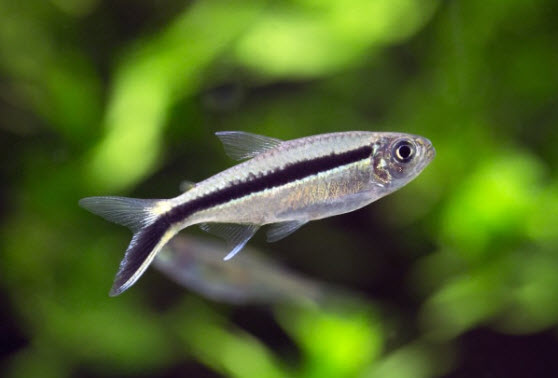
The topic of a chlorine pulse is explained at length in this link:
5.5. Chlorine and Chloramine
And sometimes there is a type of chlorine kill that we feel bad about. Even the best of us make a common mistake. We simply forget to add a dechlorinator during a water change. And we get a tank of dead fish. The excellent YouTuber Tazawa did this. Killed a tank of fish. Tazawa is a credit to the hobby so we felt really bad for him.

Well Water
IF AND ONLY IF one has a well and one does not have an aerating tank on that well, one can lose fish by a mechanism that mimics chlorine poisoning. Well water is typically very low in oxygen. If one does a 50% water change this can drop the oxygen levels by 50%. Many fish die quite rapidly at these levels. In a well-aerated aquarium the levels will come up rapidly (in a few hours) but many fish can be dead before that point is reached. So either the water needs to be aged for 24 hours or one should only do a maximum of 25% water change.
This well water can also have large amounts of carbon dioxide in it which adds to the low oxygen effects.
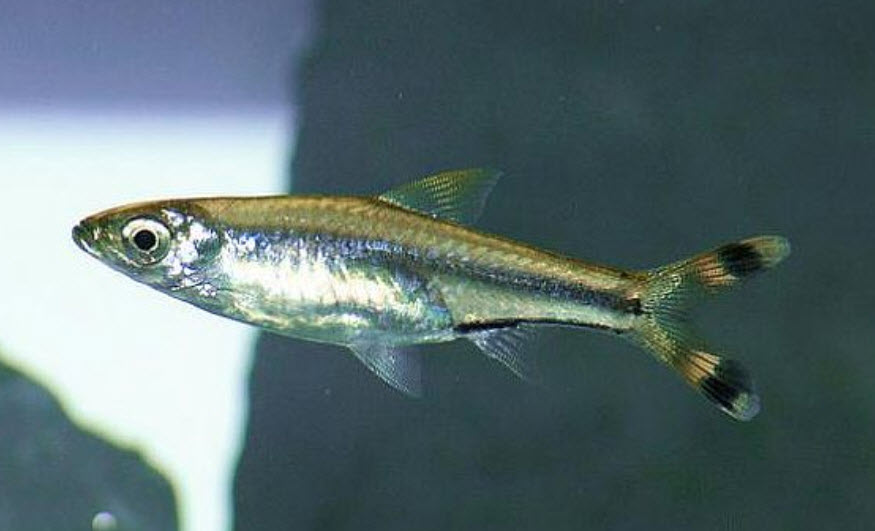
Bacterial Disease
Another common rapid killer of fish is bacterial diseases, largely columnaris or Aeromonas. These bacteria can rapidly kill fish with no outward symptoms apparent.
A newly set up aquarium that has only been running for a few days or even a few weeks will have a lot of bacteria in the water column. Add very stressed new fish from the fish store and they often die overnight, overwhelmed by the combination of stress and bacteria. This is extremely common and invariably gets blamed on ammonia poisoning (i.e. “new tank syndrome”)
Bacterial diseases can arise spontaneously in an aquarium without the addition of any new fish.

Sometimes hobbyists do not do proper quarantine and get an outbreak of bacterial disease from new fish.
A very common thing is for a lot of fish to die and some to have white spots on them. The hobbyist then comes on social media and says their fish died from ich. Invariably when pictures are obtained it isn’t ich but rather a combination of columnaris bacterial infection followed by secondary epistylis. Epistylis looks like ich.
Treating bacterial diseases is covered in this link:
10.3. Bacterial Diseases
Epistylis is covered in this link:
10.2.4. Epistylis
.

Shock
Fish from a fish store has been through a lot when they are poured into a new tank. They’ve been chased, netted, bagged transported, and poured into a new tank. They often have just recently been subjected to rapidly enlarged swim bladder by being flown to the local fish store from Asia. Fish don’t do well with this handling. It often kills them rather rapidly. Note that it is the handling that kills them, not a difference in water parameters or temperature.
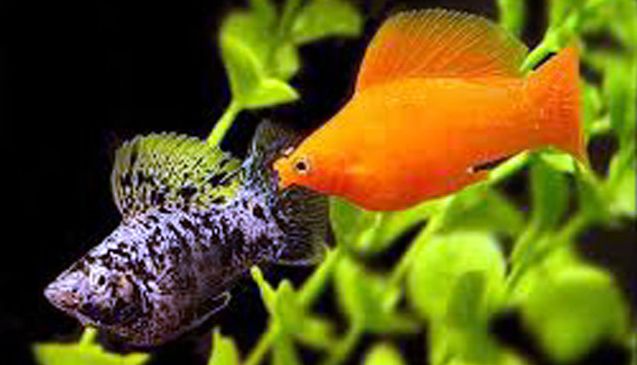
VERY Hot or Cold water
It is surprisingly common to have a single large heater and have it stick on, literally parboiling the fish. Using either two heaters or a heater AND a controller is important in any aquarium. It is also surprisingly common to have aquarium thermometers or controllers go “bad” and give completely erroneous readings. 94 degrees F (34 degrees C) or 60 degrees F (16 degrees C) can kill fish.
And sometimes a hobbyist uses cold tap water to change the water in the aquarium with fish that can’t take water below 60 to 65 degrees. Or they let an aquarium drop in temperature below 60 to 65 degrees by putting the aquarium next to a cold window. And sometimes a hobbyist can have a power outage in a cold room and have the temperature drop below 60 to 65 degrees.
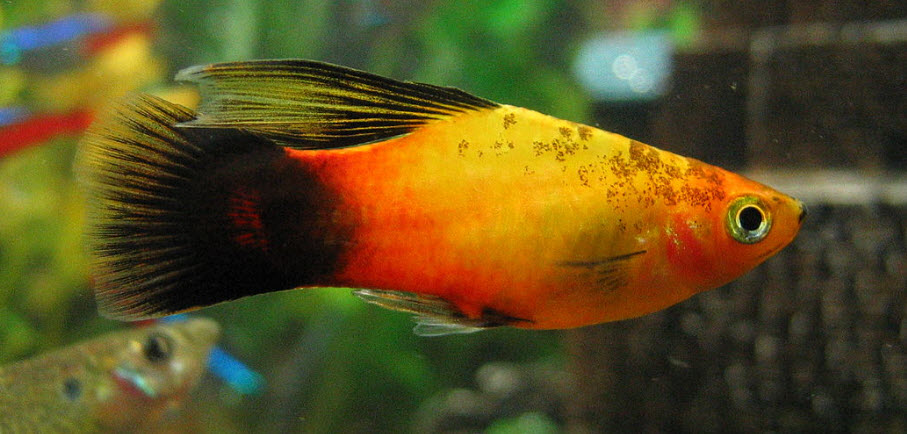
Dead Fish
There is a common scenario with dead fish. Someone sets up a tank and puts in some fish without cycling the tank. When the fish are put in the aquarium one of the fish dies of shock. The death isn’t noticed. Because the fish are skittish and shocky, they don’t eat the dead fish. The dead fish decomposes. The decomposition products include a bunch of organic toxins and bacteria which kill most of the other fish in the tank overnight.
Note that the decaying fish body can also spike the ammonia somewhat, something which will only contribute to the deaths, not cause them directly. And the new hobbyist comes on social media with their story. Then everyone on social media tells them ammonia killed their fish because the tank wasn’t cycled. This type of mass fish death rarely happens in well-filtered long-established aquariums.
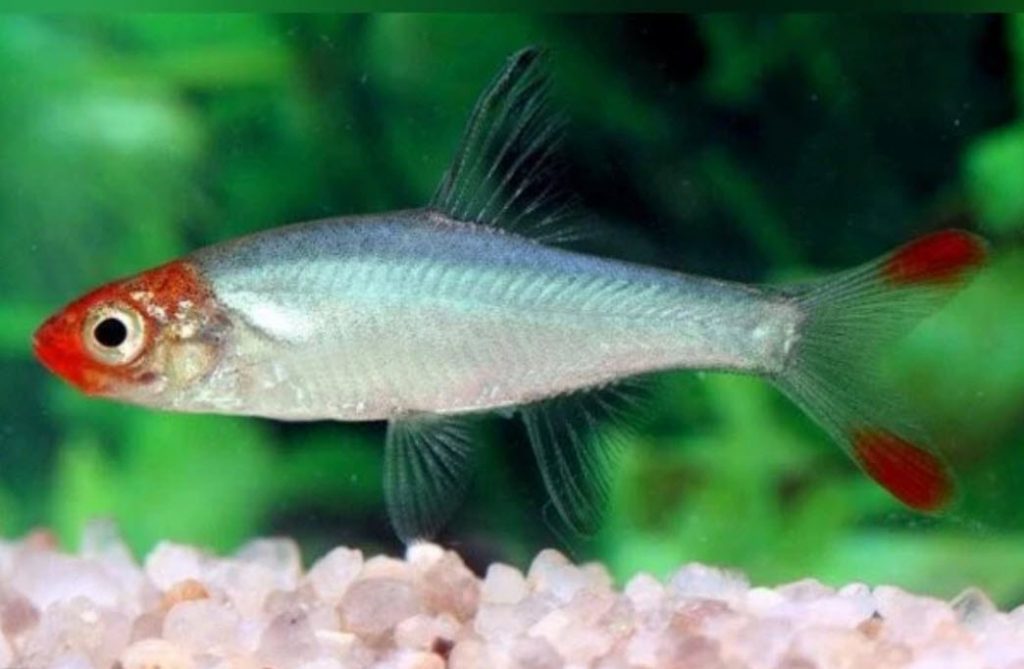
Lack of Aeration
It can be deadly to a heavily stocked fish aquarium to have a power outage as short as three hours. I lost most of the fish in three heavily stocked Malawi Tanks when the power went out. I now have a generator. Note that one can have a power outage for some time, kill some fish, then have the power come back on. If one is asleep or at work one might not know about the power outage.
Sometimes the hobbyist creates the aeration problem. Ben Ochart was using powerheads aimed at the surface in one aquarium. He turned the powerheads off overnight to “give the fish a rest”. Most of his fish died from lack of aeration. Ben is a very likable guy so we felt bad for him.

Medications
Some medications are a problem. Even slight overdoses can kill. Blackwater fish are especially vulnerable.
- Formalin (formaldehyde) that is found in ich medications can kill if overdosed
- Chloramines (Lifeguard All-In-One, 1-chloro-2,2, 5,5-tetramethyl-4-imidazolidionone) can kill
- Seachem Paraguard and Excel are gluteraldehyde and can and have killed fish even at the recommended dosage.
- Copper medications can kill if the water is soft (GH<3).
- All “algae killers” are poisonous to fish and have killed whole tanks at the recommended dosages.
- “Liquid carbon” (gluteraldehyde) is poisonous if overdosed.

Aerosols
If a hobbyist uses chemicals like floor strippers or insecticides in the aquarium room, the fish can be killed very rapidly. Most household insecticides are now pyrethroids, which are quite toxic to fish. And don’t even think of leaving fish in a house being “tented”. The gas used in tenting will penetrate the best-wrapped aquarium in the world.
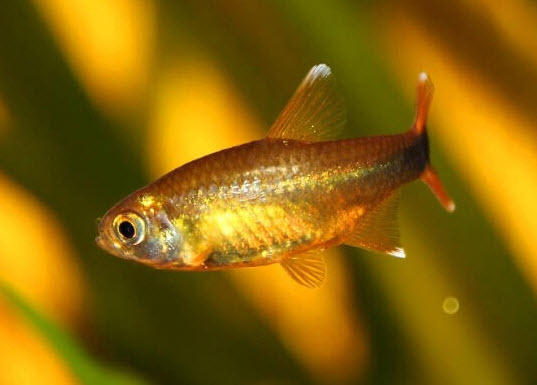
Things Which Don’t Rapidly Kill
What is noteworthy is what is not on this list. “Bad water parameters” cannot rapidly kill fish. Neither can “new tank syndrome”, “stability problems”, poisonous gas, or electrocution rapidly kill fish. It just doesn’t happen. Each of these myths is examined below:
“Bad Water Parameters”, Ammonia, Nitrite and Nitrate too high
Ammonia and nitrite are NOT rapid killers of fish in an established tank, contrary to the many myths. The acute toxicity of various compounds in the aquarium is as follows:
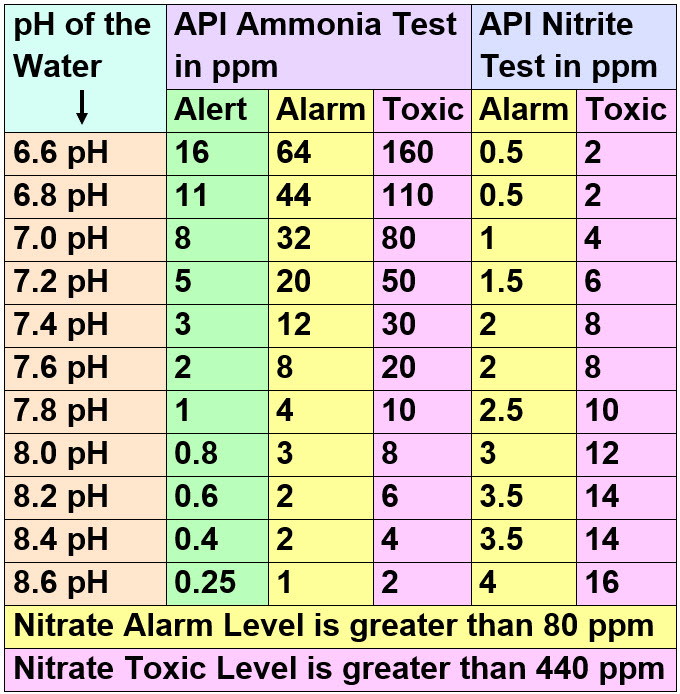
To read the numbers for ammonia and nitrite simply determine the pH of the aquarium and find that pH on the left column. Then read across the levels that the API test will show. Start doing water changes at the yellow alert level.
The numbers for the toxicity of ammonia, nitrite, and nitrate will come as a shock to most experienced hobbyists. But the numbers are supported by a lot of research by universities. They are solid. It is rare for these numbers to be exceeded in an established aquarium. Here is a link to many articles on the subject:
5. Ammonia, Nitrite, Nitrate, and Chlorine
.
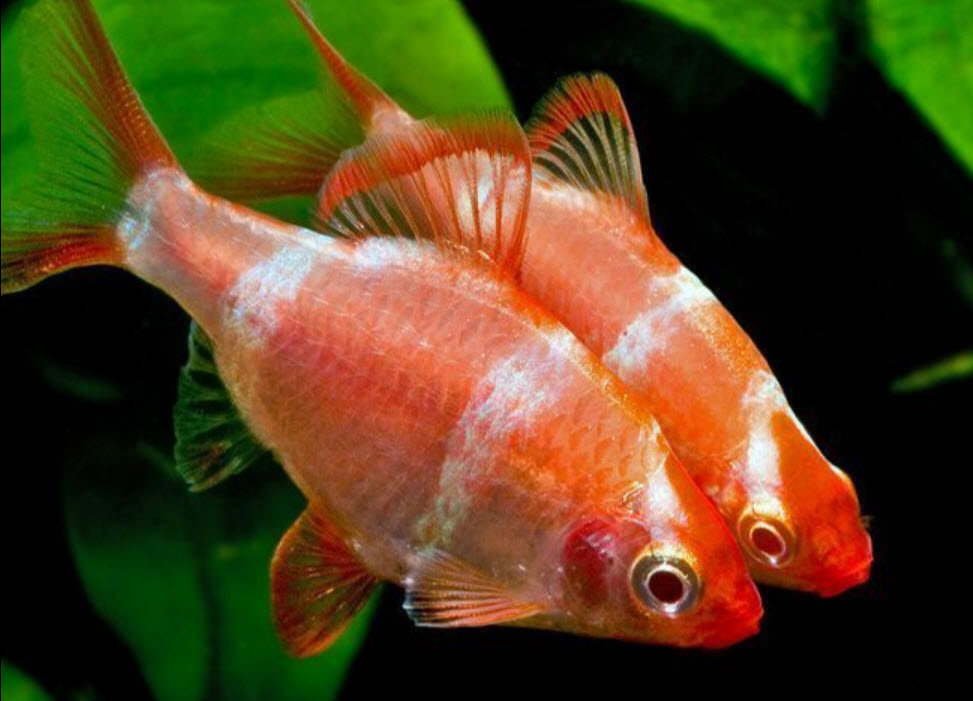
“New Tank Syndrome”
IF a hobbyist sets up a new tank and IF a hobbyist adds a huge amount of fish to that new tank and IF a hobbyist feeds a huge amount of food, then and only then will the fish die from bacterial toxins, low oxygen levels, and bacterial infections. Note it generally is NOT the ammonia or nitrite that kills the fish. This is much less a problem than social media makes of it. More about it at this link:
2.7. New Tank Syndrome

“Stability” Problems
Contrary to popular myth, rapid changes in any water parameters (temperature, pH, KH, GH, etc.) do not kill fish. In their native waters fish are constantly hit with sizable variations in water parameters and they do just fine. Here is a link to a full analysis:
4.8. Stability is not Important
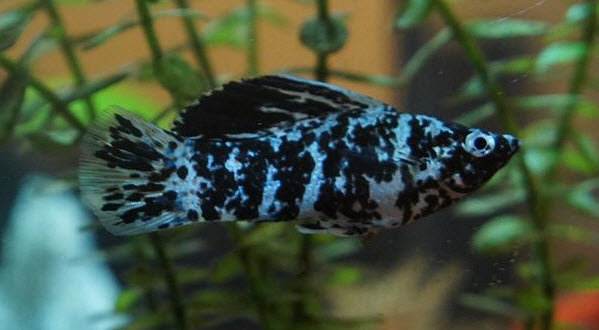
“Poisonous Gas”
Poisonous gas (i.e. hydrogen sulfide) categorically does not form in a substrate. Can’t happen, never happened, and won’t ever happen. This myth is delved into in more depth in this link:
14.2.4. Anaerobic Myth
.
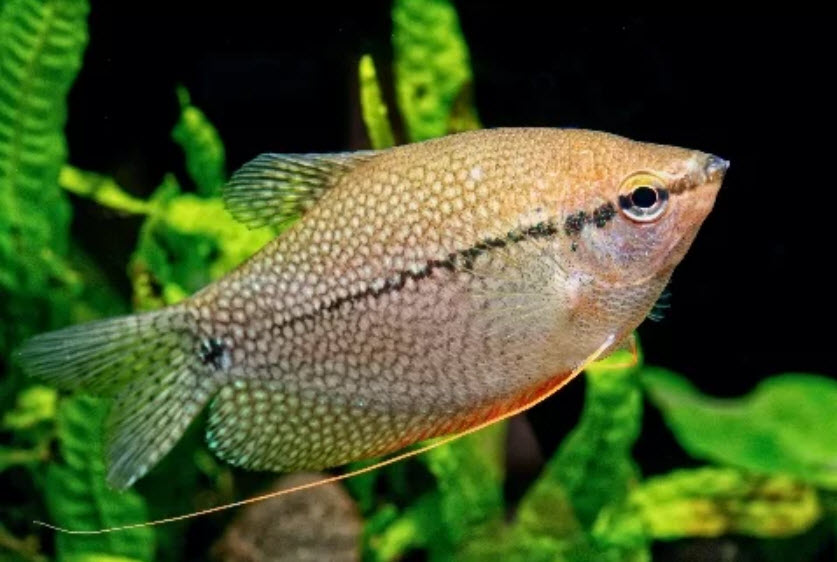
Electrocution
One can probably count the number of aquarium fish that have died from electrocution worldwide in a year on one hand. It is theoretically possible to electrocute fish. But the combination of events that would lead to such an occurrence is virtually impossible in aquariums. This is analyzed further in this link:
14.11. Fish Electrocution
.
Return to Aquarium Basics Menu
.
Aquarium Science Website
The chapters shown below or on the right side in maroon lead to close to 400 articles on all aspects of keeping a freshwater aquarium. These articles have NO links to profit-making sites and are thus unbiased in their recommendations, unlike all the for-profit sites you will find with Google. Bookmark and browse!
.

Dave says
In reply to Kevin …. while you don’t HAVE TO HAVE a heater it makes things go faster. And it sound like you dodged a bullet with the insecticide. Modern insecticides are very toxic to fish.
Kevin says
Hi Dave,
48 hours or so nothing seems to happen though I feel the adult angel pair seems to eat less/throw away the food. While the rest of the community are very active.
Water parameters fine except for the cloudy water at thick white intensity.
If ever I need to redo everything in the future, hopefully not, one thing regarding your cycling process,
do I need a heater for cycling filters?(fishless)
Room temp at 20-21deg C (68-69 deg F).
Thanks in advance Dave.
Dave says
In reply to Kevin …. After 24 hours it is too late to do anything. Just keep on trucking and hope for the best.
Kevin says
Hi Dave,
I need your expert advice. Last night I was putting some insecticide on my home on the side wall near my aquarium. I know I’m a fool for not covering my tank but since I am using a powder type and I hold the container below the tank level as I pour powder from the handheld bottle into a section between the side wall of the room and the aquarium.
Immediately I noticed there of “fumes” coming out from the side of the wall that seems to goes on top of the water column and falls into the water inside the tank. I was surprised of the fume because the powder is like baking soda in texture.
I am using pifpaf insecticide powder with 0.05% W/W of deltamethrin as per label and the rest 99.5% W/W of other ingredients not disclosed.
After 24 hours nothing seems extraordinary all fish are eating and alive but I have read online about 1 abstract study saying deltamethrin is highly toxic to fish under lab test at 0.001 mg/liter concentration of insecticide to tank water. They used an insecticide of 2.8% EC of deltamethrin in their tests. And after 96 hours their test fishs died depending on test concentration level.
Now I am in the middle of fish-in cycling. After 1 month of cycling I am still with 95% cloudiness (milky) intensity and you have replied in my comment in your cycling article not to change anything and just reduce feeding.
Hence I am hesitant to do water changes or run carbon.
Can you kindly advise what should I do? I am at a loss and I do not want to restart my cycling all over again.
Thanks in advance for your response.
Kim says
Very interesting, Thank You,
I’ve been through the new fish dying era, now a year on it seems to be happening again!!!
No new fish added, everything the same and I’m losing 2/3 a week.
Friend from aquarium shop is help me, done treatments to kill any bad bacteria or viruses, still dying on me.
Levels all seem ok, just confused and irritated, trying so hard and losing so many.